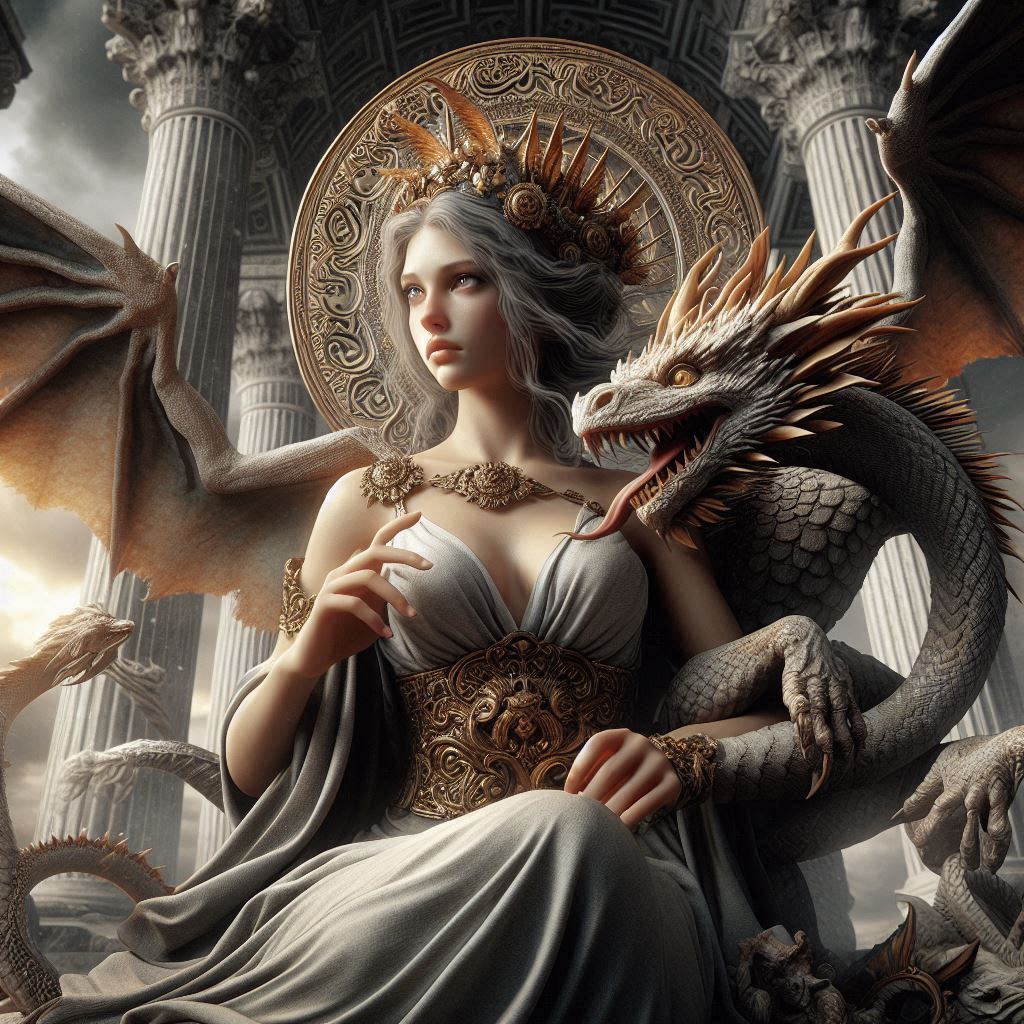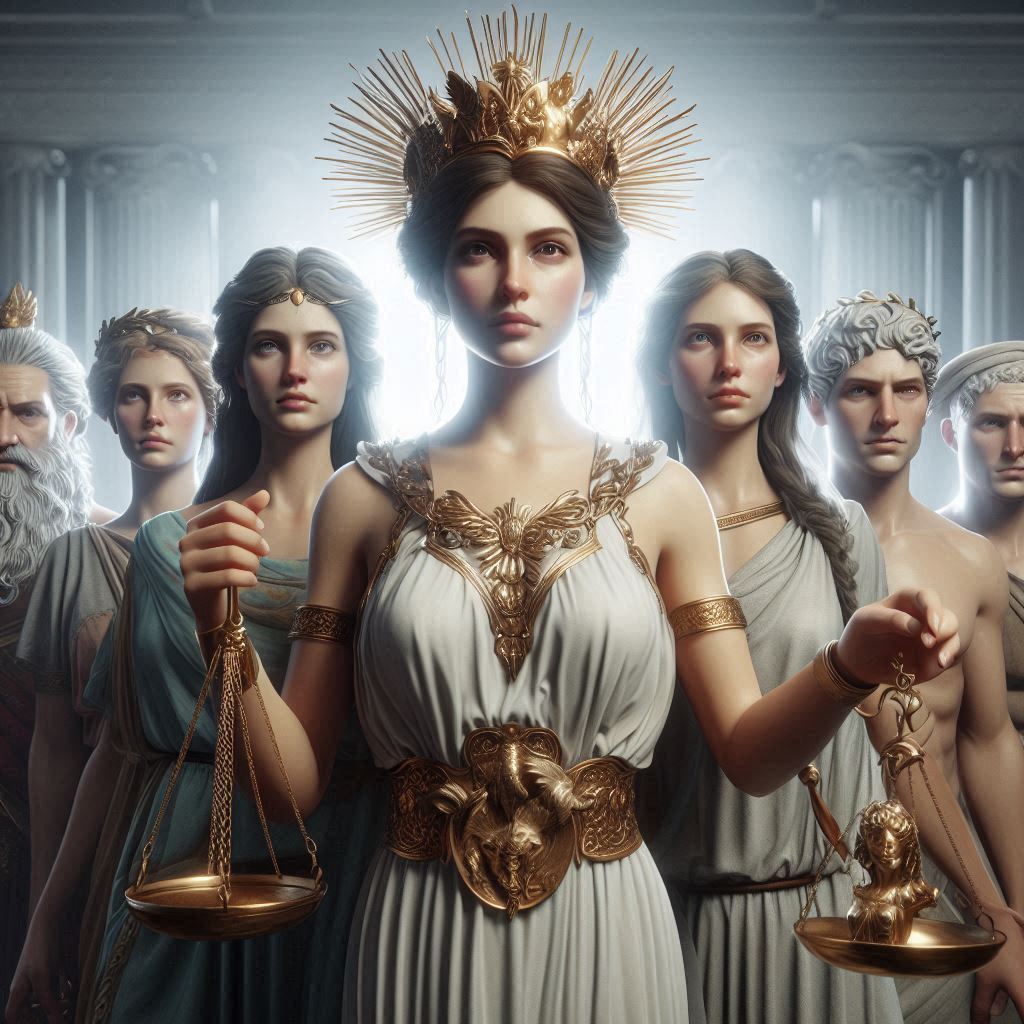Table of Contents
Kenshin Himura, the titular character from the anime and manga Rurouni Kenshin (also known as Samurai X), is a remarkable and multifaceted figure, whose depth and complexity have earned him a place among the most iconic characters in Japanese popular culture. The genius of Kenshin lies not only in his formidable swordsmanship but also in his complex moral compass, emotional evolution, and embodiment of the Meiji Restoration’s historical and philosophical tensions. His character explores the nuances of justice, redemption, and the burdens of violence in a post-feudal world.

1. The Paradox of Violence and Nonviolence
One of the most striking aspects of Kenshin’s character is the inherent paradox in his identity: he is both a legendary assassin and a sworn pacifist. His past as Hitokiri Battosai—a ruthless killer during the Bakumatsu era—haunts him throughout the series, but he adopts a strict vow never to kill again after Japan transitions to the Meiji period. This transformation from assassin to wanderer seeking atonement is central to the character’s genius.
Kenshin’s decision to carry a sakabatou (a reverse-blade sword) symbolizes his commitment to nonviolence. By using a sword that is incapable of killing, he challenges the viewer’s understanding of power, justice, and morality. This internal conflict—the tension between his former self, a lethal warrior, and his present, a man dedicated to preserving life—is one of the most compelling aspects of his character. In a world where violence is often glorified as a means of resolving conflict, Kenshin represents the difficult path of those who must live with the consequences of their past actions while attempting to forge a more peaceful future.
2. The Historical Context: Kenshin as a Mirror of Japan’s Transition
Kenshin’s character is deeply tied to the historical context of the Meiji Restoration, a period of profound upheaval and transformation in Japan. As a former assassin for the imperialist forces, Kenshin played a key role in dismantling the Tokugawa Shogunate and helping to usher in the modern Meiji government. Yet, he is disillusioned by the outcome, realizing that the violence and bloodshed he participated in did not lead to the ideal world he had hoped for. In many ways, Kenshin embodies the disillusionment of an entire generation of samurai, who found themselves obsolete in a rapidly modernizing world.
The shift from the chaotic Bakumatsu era to the structured, modernizing Meiji period is reflected in Kenshin’s personal journey. His internal struggle mirrors the broader struggle of Japan at the time: a society trying to reconcile its feudal, violent past with the more progressive, pacifist ideals of the modern era. Kenshin’s genius lies in his role as both an agent of that historical transformation and a victim of its consequences. He becomes a living symbol of the tension between tradition and modernity.
3. Redemption and Atonement: A Hero of Emotional Depth
While Kenshin’s physical prowess is impressive, it is his emotional and moral depth that elevates him to the status of a truly genius character. At the heart of Kenshin’s journey is his quest for redemption. Unlike many heroes who are primarily concerned with defeating an external enemy, Kenshin’s greatest battle is with himself. He is constantly haunted by the lives he took during the Bakumatsu era and seeks to atone for his past sins by dedicating himself to protecting the weak and preserving peace.
What makes Kenshin’s quest for redemption so compelling is that it is not a simple, linear process. He often grapples with his darker instincts, especially when faced with threats that push him to the brink of violence. There are moments when the audience sees flashes of the old Battosai, the killer who resides within him. This inner struggle adds a layer of psychological complexity to Kenshin’s character, as it forces him—and the viewer—to confront difficult questions about whether true redemption is possible for someone with such a violent past. Kenshin’s genius is in his recognition that atonement is not a destination but a continual process, one that requires constant vigilance and self-discipline.
4. The Mentor Archetype: Kenshin as a Guide
Kenshin’s role as a mentor to those around him further emphasizes his genius. Throughout Rurouni Kenshin, he attracts a diverse group of characters who look up to him for guidance, including Kaoru, Sanosuke, and Yahiko. Unlike many traditional hero narratives, where the protagonist is a solitary figure, Kenshin’s character thrives in his interactions with others. He serves as a moral and philosophical guide, teaching those around him the value of compassion, self-sacrifice, and, most importantly, the strength that comes from upholding one’s principles even in the face of overwhelming adversity.
Kenshin’s influence on those around him is particularly important because it shows that his genius extends beyond his physical abilities. He is not only a master swordsman but also a master of the human spirit. His willingness to forgive, to show mercy, and to offer a path toward personal growth to those who have wronged him, demonstrates a rare kind of strength. He has the ability to see the humanity in others, even when they cannot see it in themselves.
5. Kenshin’s Subtle Transformation: The Power of Imperfection
One of the most intriguing aspects of Kenshin is that, despite his desire to be a force for good, he is not perfect. He is plagued by guilt, occasionally succumbs to anger, and sometimes doubts his ability to protect those he cares about. Yet it is precisely these imperfections that make him such a compelling character. His struggle is relatable because it is deeply human; he is not a flawless hero but a man who is constantly working to overcome his own limitations.
The genius of Kenshin lies in his recognition that there is no clear-cut path to peace or righteousness. His journey is filled with setbacks, and he often has to make difficult choices that do not have easy answers. Through his internal and external conflicts, Kenshin exemplifies the idea that true strength is not just about physical power but about moral courage and the willingness to endure hardship in the name of what one believes is right.
Kenshin Himura stands as a testament to the power of character-driven storytelling in anime and manga. His genius is multifaceted, rooted not only in his extraordinary abilities as a swordsman but also in his profound emotional depth, moral complexity, and symbolic significance. He embodies the tensions of a historical period while grappling with timeless philosophical questions about violence, redemption, and the possibility of change. Kenshin’s journey is not just one of personal growth but also a reflection on the broader human condition, making him a genius not only in the world of fiction but in the hearts of those who admire his story.


No responses yet